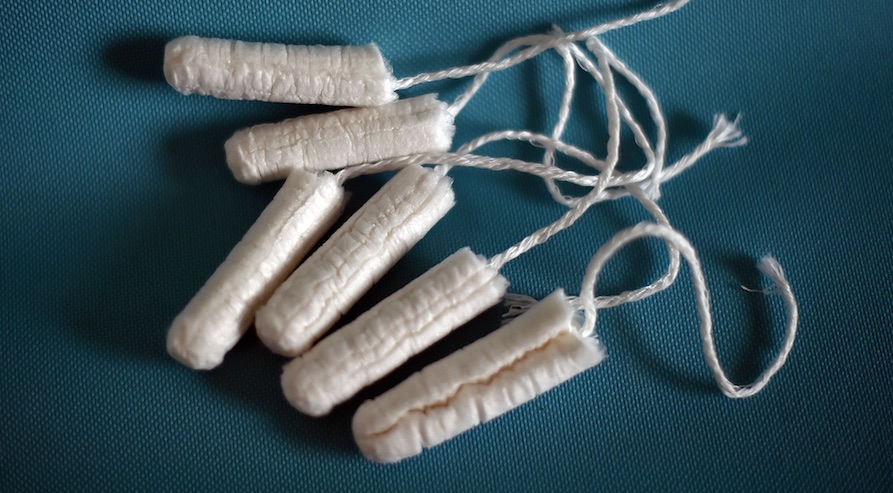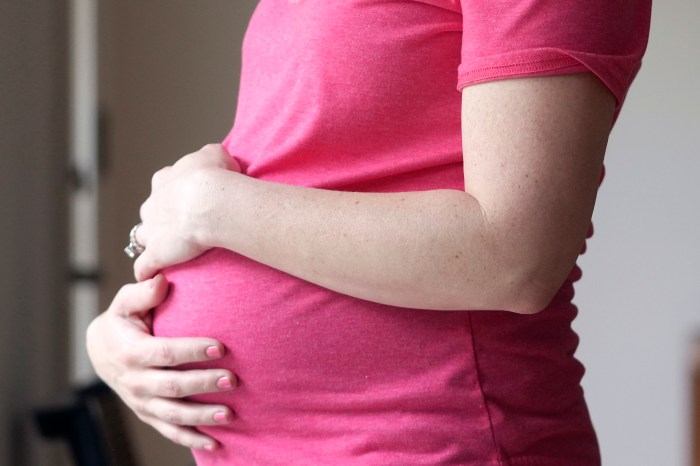If you’re like most women, you only look at two things when you pick up a box of tampons: the amount they’ll absorb and the price. But there is another thing you probably want to look at: the expiration date.
That’s right: Tampons might be made of cotton, but they don’t have an unlimited shelf-life for a pretty important reason.
“The lifespan of all tampons are said to be five years,” Affi Parvizi-Wayne, founder of organic tampon company Freda, told Cosmopolitan UK. The reason: Bacteria and mold can grow inside the cotton and applicators.
“We recommend that women don’t use out of date tampons even if they look fine,” Parvizi-Wayne added, “because mould can be hidden on the applicators which may lead to irritating symptoms and infection.”
Most boxes of tampons won’t last five years, but there’s always the chance you could find a box stuffed in your medicine cabinet — or a store could be hanging on to old packs. In those cases, it’s best to check the side of the package for an expiration date. Tampax typically prints two dates on packages: The production date and the expiration date.
Are menstrual cups better than tampons?
Tampons have been the go-to period protection option for decades for millions of women. They work, but little is known about how they really affect the body. The reason? The U.S. Food and Drug Administration classifies them as “medical devices,” meaning that companies don’t have to list everything that it’s a tampon.
Companies like Freda and competitor Lola offer another option by selling tampons made of 100 percent organic cotton, but there’s another option: the menstrual cup.
A menstrual cup is exactly what it sounds like: a small cup that you place inside your vagina to collect the blood and uterine lining that sheds during your period. The cup might look small, but most women can go 12 hours without emptying their cups — much less than the six to eight hours for tampons.
Most menstrual cups are made of silicone or rubber, according to the Cleveland Clinic, and different brands offer different sizes and styles. The Diva Cup, for example, sells two sizes: One for women under 30 who haven’t had children and one for women who are over 30 or have given birth.
You can even have sex without mess by using certain types of menstrual cups or discs.
The downside to menstrual cups? There’s a learning curve to placing and removing the cups — and it can get messy. But after a few tries it won’t take any longer than inserting a tampon.
And then there’s the whole cost savings: You don’t have to worry about your menstrual cup expiring or buy a new one once a month. You just plop down the $20 to $40 to buy the cup and use it for several years.
Of course, you’ll have to clean and sterilize it every month, but it sure beats worrying about putting mold in your vagina.



















